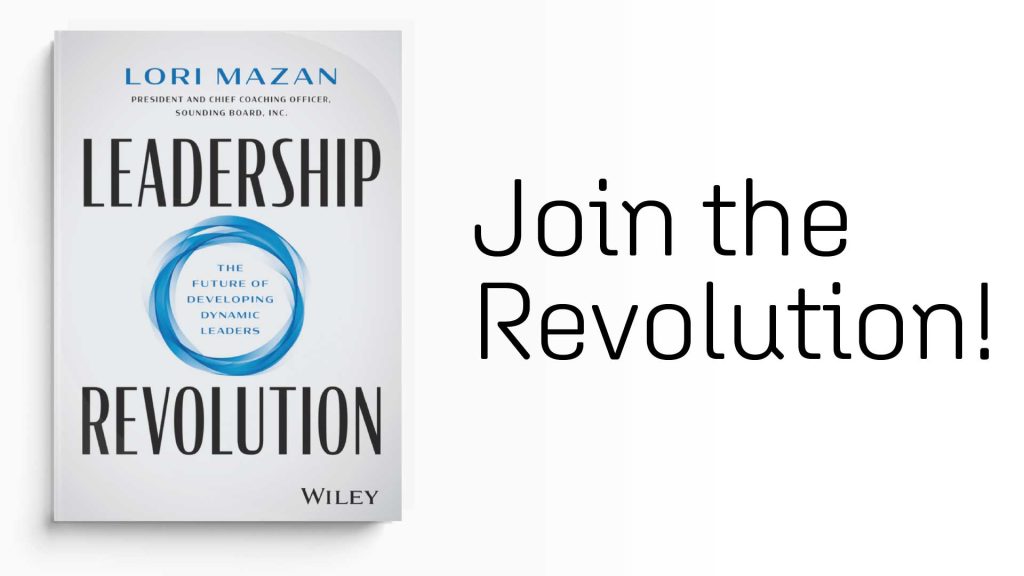Economists and analysts have described the increasingly chaotic and unpredictable global landscape as volatile, uncertain, complex, and ambiguous (VUCA) since the last days of the Cold War. Yet, for as long as we’ve used VUCA to describe the world, organizations have relied on leadership paradigms and development models created when markets were decidedly more stable, isolated, and homogenous. These static methodologies are insufficient for organizations grappling with exponential change. Organizations must develop leaders who are as dynamic as the environments in which they operate.
In its 2023 Future of Work report, the World Economic Forum identified resilience, flexibility, and adaptability among the top capabilities needed in today’s VUCA world. Likewise, research by the McKinsey Global Institute found that workers with a greater ability to cope with uncertainty were more likely to be employed and enjoyed higher job satisfaction. However, the study also revealed that the ability to cope with uncertainty is among the capabilities least likely to be gained through traditional education and training.
A new model of leadership, as well as a new approach to leadership development, is needed. Organizations must invest in shaping dynamic leaders through a balance of horizontal and vertical development.
What is Dynamic Leadership?
Dynamic leadership is a lens through which to view effective leadership. While dynamic leadership shares aspects of situational and adaptive leadership models in that it relies on context, it distinguishes itself with the scope of context it considers.
Situational leadership limits the context in which the leader operates to the people surrounding them. Adaptive leadership broadens the context of the organization and external factors but still ignores perhaps the most important variable — the identity of the leader themselves.
Dynamic leadership works within the context of the leader’s identity, their role, their organization, their environment, and current challenges.
What Makes a Leader Dynamic?
Leaders who can effectively identify and assess patterns and respond by applying the right capabilities to complex and novel situations are dynamic leaders. In short, dynamic leaders know when and how to pivot to create a desired impact.
The macroenvironment is in constant flux. A natural reaction to change is fear, which can lead to stasis and organizational paralysis. Leaders may continue to operate in a way that they have before because it is more comfortable than initiating change themselves. They rely on the skills and capabilities that have led them to succeed in the past, whether or not they apply to the current situation.
In contrast, dynamic leaders skillfully adapt to new complex challenges. Rather than act on habit or within a fight or flight response, dynamic leaders utilize their capacity for self-regulation, pattern recognition, flexibility, and velocity to manage change successfully.
What are the Key Components of Dynamic Leadership?
Self-regulation
Self-regulation enables leaders to focus their internal resources on goal-directed behaviors. By leveraging capabilities such as self-reflection, emotional regulation, and mindful awareness, leaders can better identify the impact of their mindsets and behaviors. In short, dynamic leaders understand the relationship between their internal experience and the external environment.
Leaders with the capacity for self-regulation continually operate on a cycle or feedback loop. They scan the current situation, both from an internal and external perspective, then seek strategies or solutions to address it. After taking action, leaders reflect on the impact of their decisions and adjust accordingly.
Pattern recognition
To operate effectively within an environment filled with uncertainty, leaders must be able to distinguish patterns amid constantly flowing information and noise. The capacity for pattern recognition enables leaders to anticipate change and detect anomalies
Beyond situational awareness, pattern recognition relies on intellectual humility and curiosity, and non-binary thinking. Leaders with intellectual humility and curiosity accept that their knowledge is limited and welcome outside resources and perspectives.
Non-binary thinking allows leaders to see change and inconsistencies as the natural state of the world rather than seeing it in simplistic terms of black/white, right/wrong, etc. Thus, leaders who practice non-binary thinking are not fazed or negatively impacted by a volatile environment with a high speed of change.
Flexibility
Dynamic leaders are more than just willing to be flexible — they are actively motivated to be flexible in all aspects, socially, intellectually, and emotionally. Leaders with flexibility seek a balance between their own interests and those of the organization, its interests, and its people. They understand that successful leadership requires constant adjustment to surrounding contexts.
Flexibility allows leaders to easily shift approaches when interacting with people of varying social styles, statuses, and relationships.
Velocity
In the context of dynamic leadership, it is best to think of velocity as motion rather than speed. It refers to a leader’s courage, tenacity, and agility — all require intentional action or motion. Courage requires a leader to act in the face of fear. Tenacity is moving forward despite challenges, and agility is the ability to respond and act quickly.
How to Develop Dynamic Leaders
Dynamic leadership requires both horizontal and vertical development. Horizontal development typically focuses on developing skills, models, and abilities from a technical perspective. Vertical development is a more emergent form of development. It refers to a leader’s progressive growth of increasing socio-emotional, sensory, and cognitive sophistication. It shapes how a leader interprets and interacts with their environment.
The relationship between vertical and horizontal development can be illustrated through a glass of water. “Horizontal development is like filling up an empty glass. The vessel fills up with new content, such as skills or knowledge,” said Sounding Board Behavioral Science Consultant Pylin Chuapetcharasopon. “Vertical development works instead to change the glass itself, making it larger with greater capacity.”
Vertical development helps leaders to be present, agile, and resilient. Through vertical development, leaders can learn how to respond effectively in complex situations.
Vertical development requires utilizing multiple leadership capabilities at the appropriate time and context. Vertical development does not work to upskill a leader but to change the leader’s mindset — how they think and perceive challenges.
Leadership coaching provides vertical development through a personalized, action-oriented approach. Coaching provides the space for leaders to experiment and expand their capacity in ways that are contextualized to their identity, role, and organization. Leaders partner with a coach to increase their self-awareness and uncover insights that can lead to lasting behavior and mindset shifts, hone their leadership style and capabilities, and expand their impact.
Develop dynamic leaders at all levels
An organization with only one dynamic leader will not thrive. Rather, dynamic leaders must be present at multiple levels of the organization. Vertical development — like leadership coaching — should be integrated into an organization’s leadership development programs to ensure that leaders at all levels have the tools to become dynamic.
“To truly reap the benefits of dynamic leadership, the responsibility for development must come from each stakeholder,” said Iyad Uakoub, director of behavioral science at Sounding Board. “The leader, the organization, and the coach.”
In the past, scaling up leadership development programs to target all levels of the organization would be a drain on resources. However, technology-enabled leadership coaching provides a cost-effective solution to expand access to vertical development. Learn how by scheduling a demo today.












